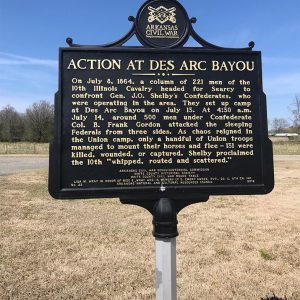 Action at Des Arc Bayou Memorial
Action at Des Arc Bayou Memorial
Time Period: Civil War through Reconstruction (1861 - 1874) - Starting with A
 Action at Des Arc Bayou Memorial
Action at Des Arc Bayou Memorial
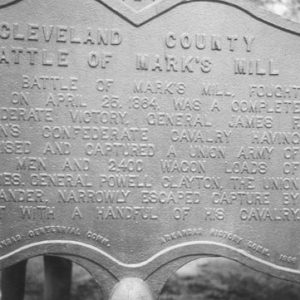 Action at Marks' Mills Marker
Action at Marks' Mills Marker
 Adams Field Control Tower and Administration Building
Adams Field Control Tower and Administration Building
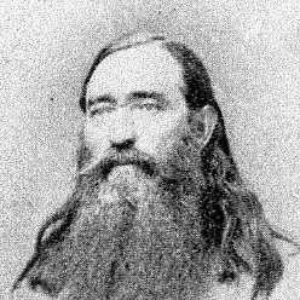 Charles W. Adams
Charles W. Adams
Adams, Charles William
Adams, Samuel
 Alvin P. Hovey
Alvin P. Hovey
American Missionary Association
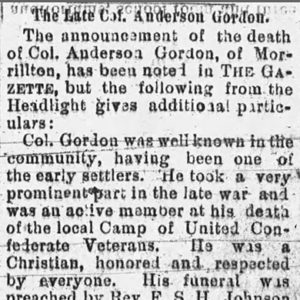 Gordon Anderson Death
Gordon Anderson Death
Anderson, James (Lynching of)
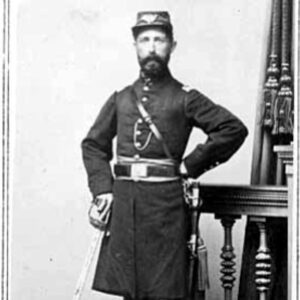 Christopher Columbus Andrews
Christopher Columbus Andrews
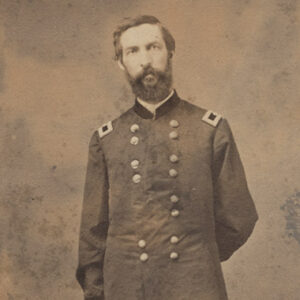 Christopher Columbus Andrews
Christopher Columbus Andrews
Andrews, Christopher Columbus
Arkadelphia City [Steamboat]
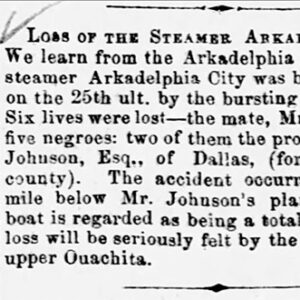 Arkadelphia City Story
Arkadelphia City Story
 Arkadelphia Female College Ad
Arkadelphia Female College Ad
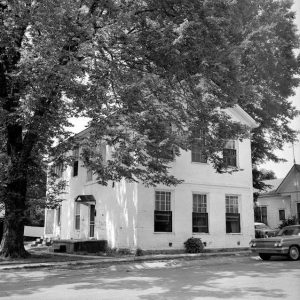 Arkadelphia Freedmen's Bureau
Arkadelphia Freedmen's Bureau
Arkadelphia Male and Female Institute
aka: Arkadelphia Institute
aka: Arkadelphia Female Seminary
aka: Arkadelphia Female College
aka: Arkadelphia Female Academy
Arkadelphia, Skirmish at
Arkansas Cannon, Seizure of
aka: United States v. Six Boxes of Arms
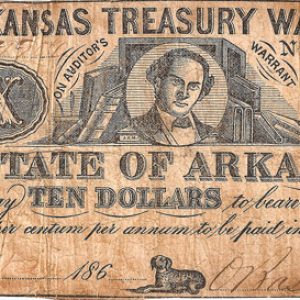 Arkansas Civil War Currency
Arkansas Civil War Currency
Arkansas Freeman
 The Arkansas Freeman
The Arkansas Freeman
Arkansas Mounted Rifles [Civil War]
Arkansas Peace Society
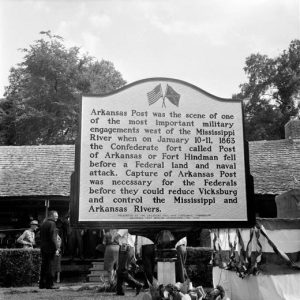 Arkansas Post Marker
Arkansas Post Marker
Arkansas Post, Battle of
aka: Battle of Fort Hindman
aka: Battle of Post of Arkansas
Arkansas River and Prairie Grove, Skirmishes at
Arkansas River near Little Rock, Expedition on the
Arkansas River near Pine Bluff, Scout on the
Arkansas River, Scout to
aka: Skirmish at Threkeld's Ferry
Arkansas State Troops (CS)
aka: Army of Arkansas
 Arkansas Toothpick
Arkansas Toothpick
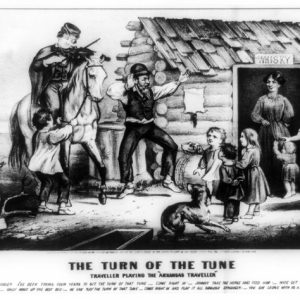 Arkansas Traveler Print
Arkansas Traveler Print
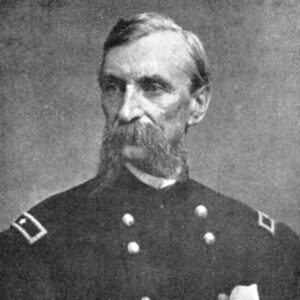 Alexander Asboth
Alexander Asboth
Ashley’s Station, Action at
aka: Action at Jones' Station
aka: Action at DeValls Bluff
Atkins, Jerry (Lynching of)
Augusta Expedition (December 7–8, 1864)
Augusta Expedition (January 4–27, 1865)
Augusta, Skirmish at
Augustus Garland House
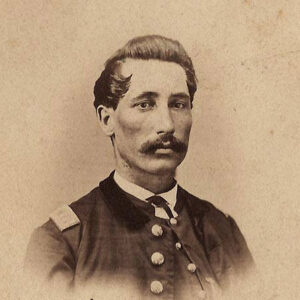 George S. Avery
George S. Avery




